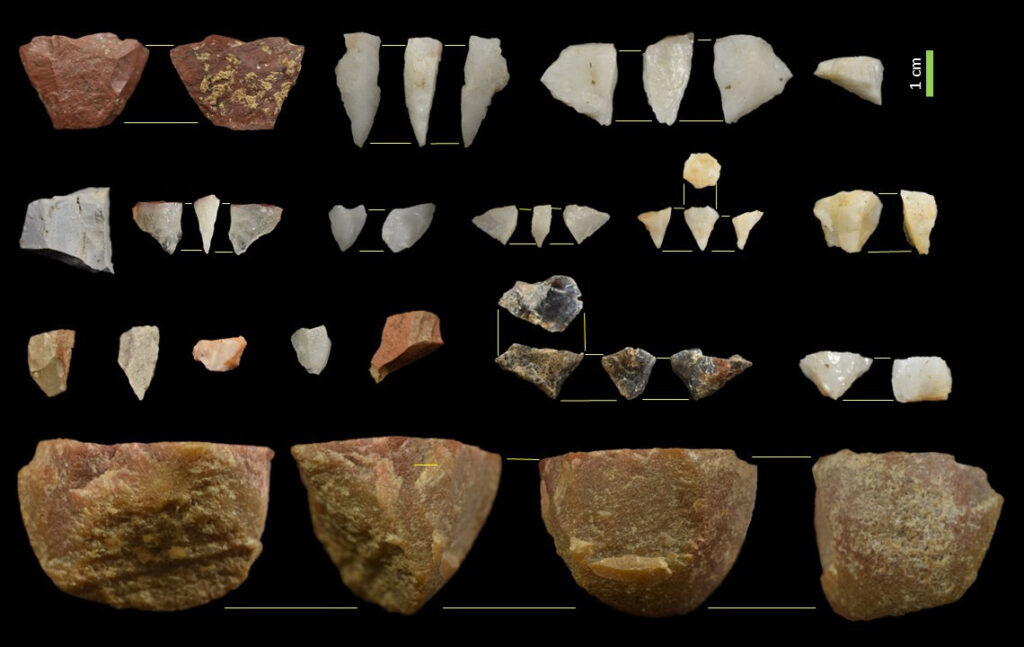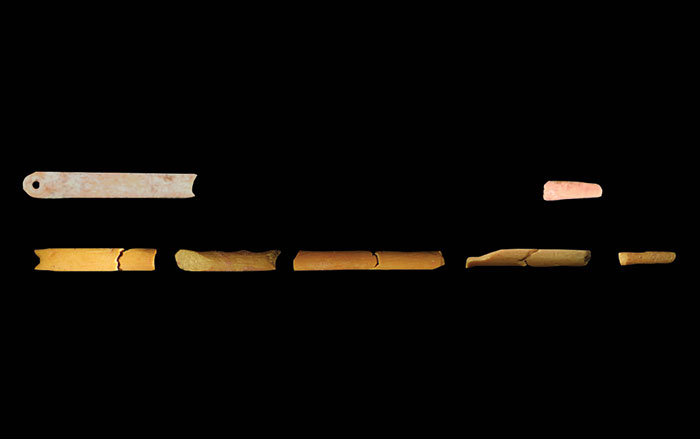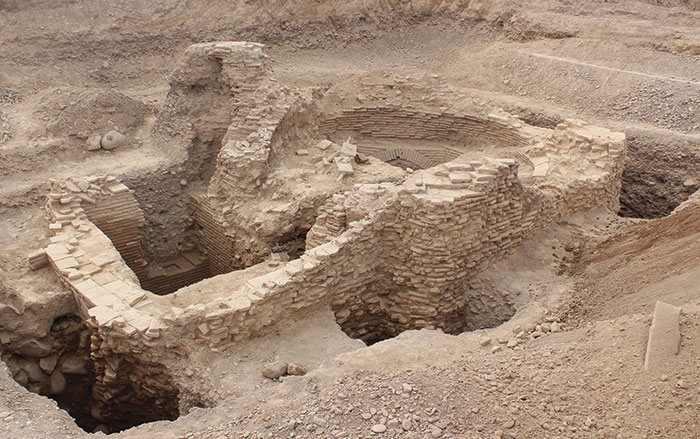
CHICAGO, ILLINOIS—Stone tools crafted by ancient humans between 24,000 and 12,000 years ago that were recovered from coastal South Africa's Robberg caves match contemporaneous styles found in Namibia and Lesotho, SciTechDaily reports. Researchers studied the details along the edges of blades and stones to determine what manufacturing techniques were used at the time, which coincided with the end of the last major Ice Age when much of Earth was frozen in glaciers. Sea levels, including on the South African coastline, were therefore lower and the coastline was farther out than today. “Instead of being right on the water, these caves would have been near vast, open plains with large game animals like antelope,” Field Museum archaeologist Sara Watson said. “People hunted those animals, and to do that, they developed new tools and weapons.” The tools Watson's team recovered included small blades chipped from larger pieces of rock called a core. Similar tools were found hundreds of miles away at sites in Namibia and Lesotho. “The core reduction is very specific and it’s something that you are taught and learn, and that’s where the social information is,” said Watson. “If we see specific methods of core reduction at multiple sites across the landscape, as an archaeologist, it tells me that these people were sharing ideas with one another.” For more, go to "Weapons of the Ancient World: Hunting Equipment."











